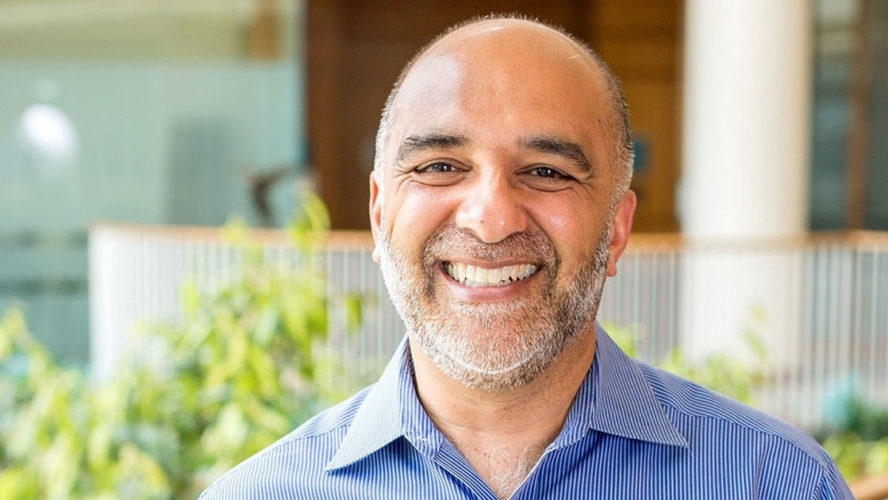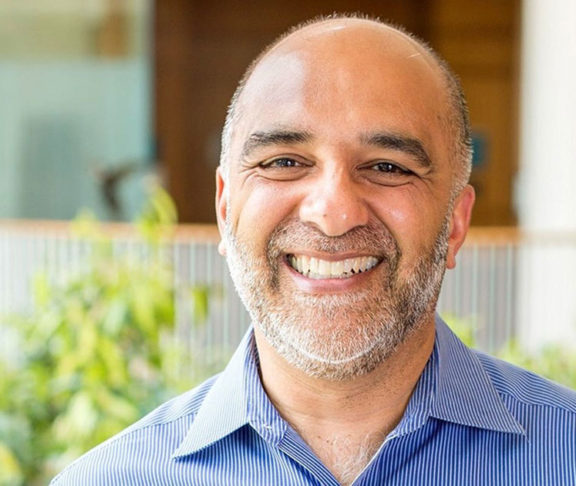As the use of electronic health records continues to surge and people live longer, the need for better patient-data integration and sharing has become increasingly urgent.
Interoperability, in a healthcare context, means that records can be exchanged securely, effectively, and without compromising patient privacy.
Yet, according to a nationwide roadmap created by the Office of the National Coordinator for Health Information Technology (ONC), “less than half of hospitals are integrating the data they receive into an individual’s record” and “only 14% of ambulatory providers shared electronic health information with providers outside of their organization.” The report also notes that although “progress has been made over the last few years, there is still significant work for stakeholders to undertake to build nationwide interoperability.”
Emphasizing the benefits of interoperability
To Micky Tripathi — who leads the ONC at the U.S. Department of Health and Human Services — improving, enhancing, and streamlining all aspects of interoperability throughout American healthcare is essential.
“I think all of us want the comfort and confidence that providers have the best available information to make the best decisions,” Tripathi said. “There are also lots of benefits to not having things done over and over again simply because one doctor doesn’t have access to the information from the other doctor.”
Or consider these other scenarios: Maybe you’ve done some imaging or a lab test, and you show up to a new provider who doesn’t have access to that information. So, they want another test completed. More gravely, imagine you’re incapacitated and not able to speak, and a physician wants to give you penicillin without knowing that you’re allergic to it because that information is not readily available or integrated into an accessible system, which would avoid a serious adverse reaction.
As Tripathi points outs, when interoperability is highly functional and efficient, it’s an advantage for patients who want proper access to their health data — or to have a sense of agency over it.
“Some patients may just want access to a portal to be able to see the information, but they don’t really want to be more actively involved,” he said. “That’s totally fine — that’s up to the individual. But there are other patients who actually want to be more directly involved in their care. They want to do their own research and ask the right questions to their doctors, and they need to be given the opportunity to do that. They can’t do so if they don’t have the most up-to-date information about their own health.”
Overcoming the obstacles to interoperability
The very notion of interoperability implies optimization. Therefore, the conundrum of interoperability between healthcare providers is that it shouldn’t be a conundrum. If the various operational structures within healthcare were more connected, data could flow more seamlessly and securely, and both patients and providers could further benefit from this.
Tripathi does underline that there is a ton of interoperability already going on — whether it’s a nationwide network performing around 50 million transactions a day or local networks doing smaller amounts of separate transactions.
“But we still have a lot of gaps,” he said, “and part of that is due to the fragmentation of the healthcare delivery system in this country. It’s not really a system. It’s just a bunch of providers — like physician offices and hospitals — doing their best to connect with each other. But it’s a fragmented system both on the supply side and the demand side. That makes it really hard for everyone to come to an agreement on an industry-wide approach for interoperability.”
Tripathi further noted, “10 years ago, only 5-10% of providers had electronic health records. So, how could you have interoperability when everyone was still writing things down on paper?”
Improving interoperability for the future
Still, he mentions that there are many efforts underway. “We’re doing a tremendous amount to bring all of us to the 21st century digital healthcare system that we all want. We’ve invested roughly $40 billion federally, and there was an equal amount that was invested by the private sector. Then there’s been a lot of sweat equity by healthcare providers and technology developers to get electronic health records in place.”
What about privacy — perhaps the biggest concern that patients may have when it comes to exchanging sensitive health information? First, Tripathi makes it clear that security and privacy are two different things.
“Security is about: How do I make sure I protect the data wherever it is?” Tripathi explained. “These networks that are up-and-running use the most modern technologies to be able to encrypt data — both while it’s in motion and at rest — while having strict rules about who can access the information. From that perspective, the data is as secure as what’s used in financial systems and other types of systems that require that kind of high-level security.”
As for privacy, Tripathi said, “Who do I allow to have access to the data, assuming that I know the security is already there? Well, these entities exchanging information with each other are regulated by HIPAA, and the HIPAA rules say that you don’t need consent from the patient if it’s for treatment, payment, or operations because that allows for care continuity and for information to go to the health insurer to make sure that your care is paid for.”
But HIPAA only provides data protection when it’s in the hands of doctors, hospitals, health insurers, and the like.
“From a privacy perspective,” Tripathi added, “one of the biggest issues that we have with interoperability is that as we make more and more information available to patients themselves, they’re taking data outside of the boundaries of HIPAA. Once it’s on your phone, you’re the one who’s now responsible for protecting it — and for making sure you don’t click through some user agreement with your favorite app that, you know, grants access to all of your data.”

